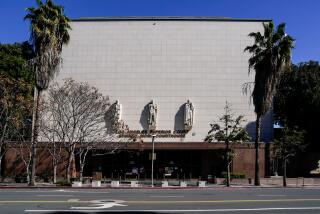Make California’s courts look like us
A society based on the rule of law requires that people respect their courts; but that respect is subject to question when, from county to county and courtroom to courtroom, the judges are primarily of one race or ethnicity and the litigants and defendants are of another.
The divide in California courtrooms is not quite that stark, but it is unmistakable. In a state in which about 40% of residents are non-Latino white, the Judicial Council reports that 72.3% of trial judges and appellate justices are white. Fewer than a third of judges and justices are women.
So it is encouraging that Gov. Jerry Brown is, like Gov. Arnold Schwarzenegger before him, appointing jurists that are more reflective of California’s composition. Brown, in fact, deserves credit for having placed a new emphasis on diversity in bench appointments during his two terms as governor in the 1970s. But that was three decades ago. Why is there still such a lag?
Governors can only work with the applicant pools they are given. If not enough qualified African American, Latino, Asian and other non-white lawyers are applying to become judges, the best a governor can do is encourage more to try. But even that requires a diverse population of attorneys, which in turn requires a population of law students, college and university students and ultimately high school graduates that reflects the state’s people.
The viability of our system of justice — and virtually every other institution on which a free and fair society is based — requires that everyone has a shot at education and achievement from the beginning, regardless of race or economic circumstances. Just as there is a direct line from failing public schools and low graduation rates to delinquency and adult lives entangled in public institutions like jail and welfare, there is a direct line as well from those same schools to the state’s inadequately diverse bench.
In one of his final acts as governor, Schwarzenegger appointed Tani Cantil-Sakauye, a jurist of Filipino descent, to be chief justice, and Brown appointed another Asian American, Goodwin Liu, to the state high court. More than half of California’s seven-member Supreme Court justices are women, and more than half are Asian American.
But on our trial court benches, we must do better. That improvement rests only partially in the hands of the governor and his judicial appointments secretary. All Californians have a role, and a stake, and it begins with schools that work for all parts of the state’s population.
More to Read
A cure for the common opinion
Get thought-provoking perspectives with our weekly newsletter.
You may occasionally receive promotional content from the Los Angeles Times.






